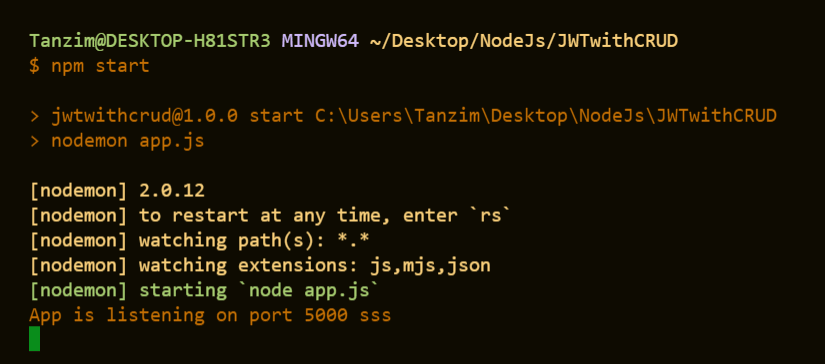

#Robo 3t backup database archive
In ClusterControl we stream all our backups, so we enable both the archive and gzip parameters. Additionally the gzip parameter can naturally compress this archive, using gzip. The archive parameter will concatenate the output from all databases and collections into one single stream of binary data. Alternatively you can tell mongodump to store the backup within one single archive file. Archive Fileīy default mongodump will create a directory called dump, with a directory for each database containing a BSON file per collection in that database. Given that you export the data via a dump, the content of the data is the same. If you run WiredTiger, naturally those files would differ, as the storage engine stores them in a totally different format. When you are running the MMAP storage engine, the dumps should be equal to the data you have on disk, as both MMAP and the dumps are stored as BSON files. If no database is specified, MongoDB will dump all databases except for the admin, test and local databases as they are reserved for internal use. When performing a mongodump, all collections within the designated databases will be dumped as BSON output. We have to explain the MongoDB backup format first. These use cases will vary from restoring a single node, restoring a node in an existing replicaSet and seeding a new node in a replicaSet. In this blog post we will cover the use cases for restoring your logical backups with MongoDB. We will cover this tool in a future blog post.


This versatile tool is relatively new (beta) and still quite complex to use and restore, but it is supported in ClusterControl 1.3.2. Also the new Percona MongoDB Consistent Backup tool will allow you to make consistent snapshots of your MongoDB sharded clusters. We will leave them out of the scope today. The physical backups for MongoDB are basically file system backups, and they will be relatively easy to restore. Now it is time to recover MongoDB using a backup we made in the previous blog post.Īs we learned in the previous blog post, there are two types of backups: logical and physical backups. In previous posts of our MongoDB DBA series, we have covered Deployment, Configuration, Monitoring (part 1), Monitoring (part 2) and backup.


 0 kommentar(er)
0 kommentar(er)
